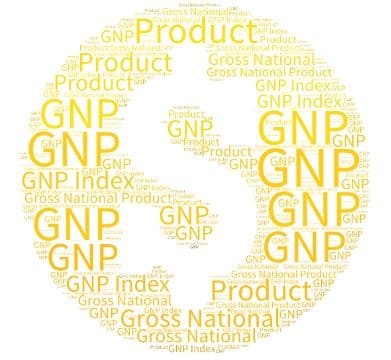A major change in way we differentiate countries
World Bank, a global and well-known source of funding has recently made a drastic change which seemed to go unnoticed. World Bank now no longer uses the terms developing, underdeveloped and developed countries. The need for dropping this classification was realized a long time ago but the action was taken this year. Understanding the fact that “Developing countries” are increasing dissimilar prompted World Bank to look for a more precise classification.
These terms were widely used and created an impression on the reader’s mind about the global positioning of the country as compared to other economies. This simple classification with 3 categories was used by all the concerned agencies and institutions throughout the world.
Although this categorization was done on basis of several parameters but economics remained at its heart. To overcome this flaw number of modifications were done from time to time as a result of which education, health, life expectancy, income distribution, poverty were also emphasized upon. This helped in providing a more balanced and clear idea.

Starting with this year i.e. 2016, World Bank will not distinguish between “developing” and “developed” countries. This has attracted attention of masses and has been a discussion topic but you will be surprised to know that the earlier terms “developed”, “developing” terms were used widely without ever reaching a consensus if their exact meaning. They helped in providing a vague idea of comparison.
In addition to World Bank, International Monetary Fund (IMF) also explains that their classification of economies as “advanced” and “emerging market economies” also not based on strict criteria. Also, under UN’s current classification all the regions except Europe, Northern America, Japan, Australia and New Zealand are developing whereas aforesaid regions are developed.
Drawbacks of such classifications:
Although a number of attempts have been made to provide a universal distinguishing labels for classification of countries but they often fail. The classification used partially fulfils the requirement when considering only a few parameters but fails to take into account a complete picture. This is because of the fact that each country is unique in its own a presents a unique and complex identity. This complexity and diversity makes it almost impossible to put all the countries in same basket of classification.

Additionally, the World Bank classification was not much useful with just 3 broad categories as it slapped same label of being “developed” or “developing” on countries with very drastic and stark differences. For example having Peru, Afghanistan, Philippines, India, Malaysia, Pakistan, Sri Lanka etc listed in same category even when each country is drastically different from another in every aspect.
Similar is the case for “developed” countries which includes Japan, Italy, France, Austria, United States etc all of which are under the same head.
This hides the disparities and is of negligible usefulness if details are ignored. To have a better understanding details needs to be looked at and numerous parameters needs to be identified and studied.
What next?
This move of World Bank (expected to be followed by various other international agencies) can be considered as a first step in providing a more logical and analytical approach of classification. This should result in a better and more meaningful classification based on the need. A much more complex and effective approach needs to be adopted for a useful classification.
It is also seen as a move to get along with a more rational change which is reflected in moving from Millennium Development Goals (MDGs) which was largely seen as goals for “developing” countries to Sustainable Development Goals (SDGs) which are universal irrespective of the development status of a country.
The actual impact and the usefulness of this is yet to be seen and accessed. The reaction to this change is welcoming till now and seen as a positive change for betterment.